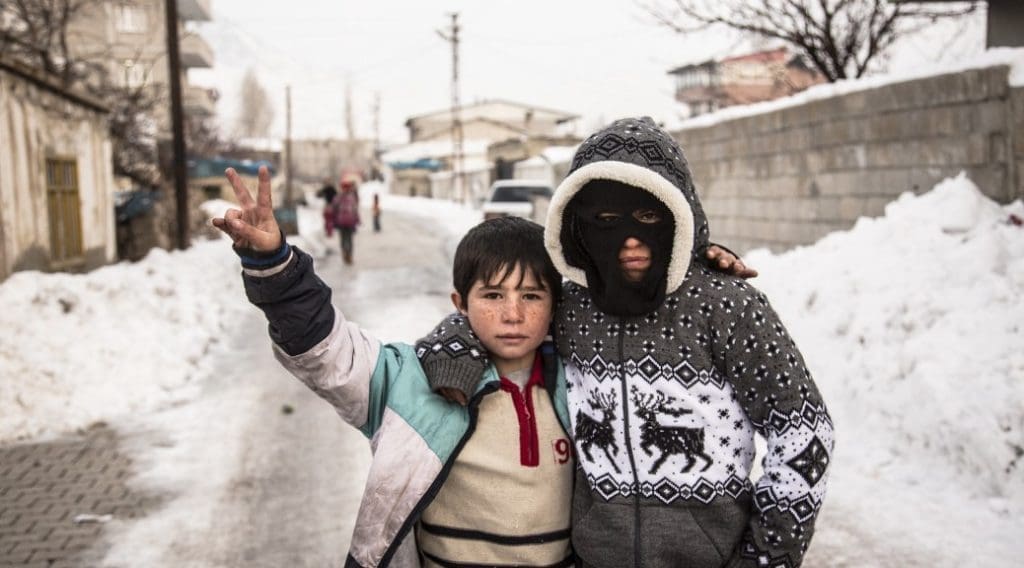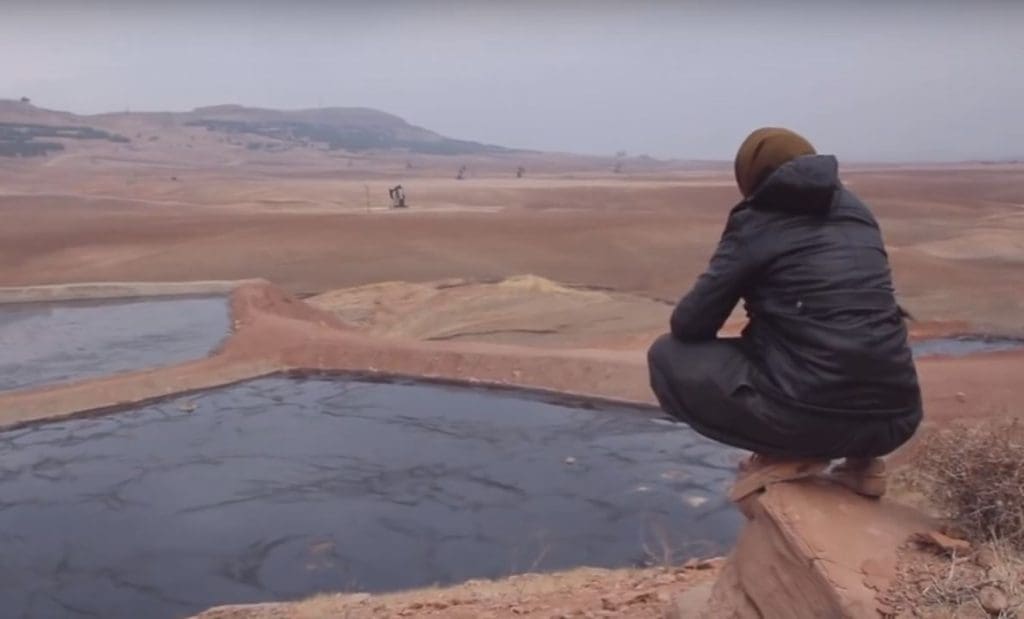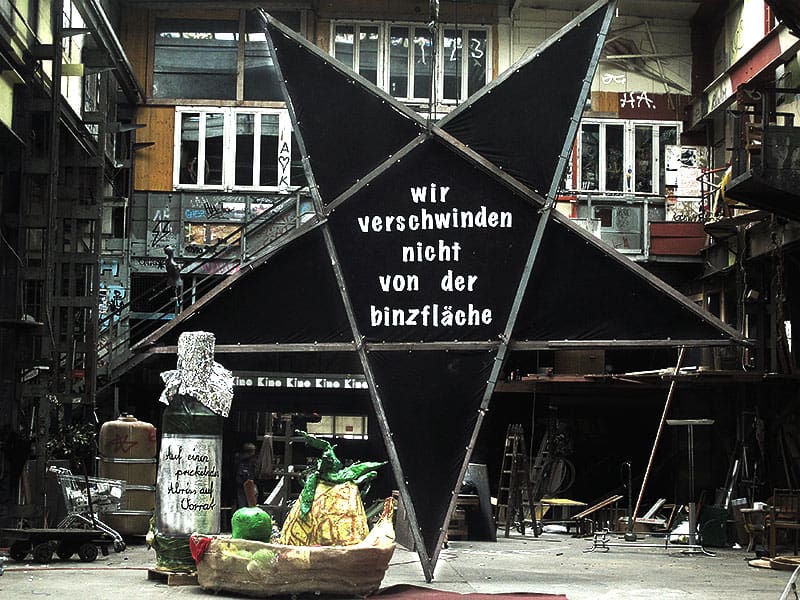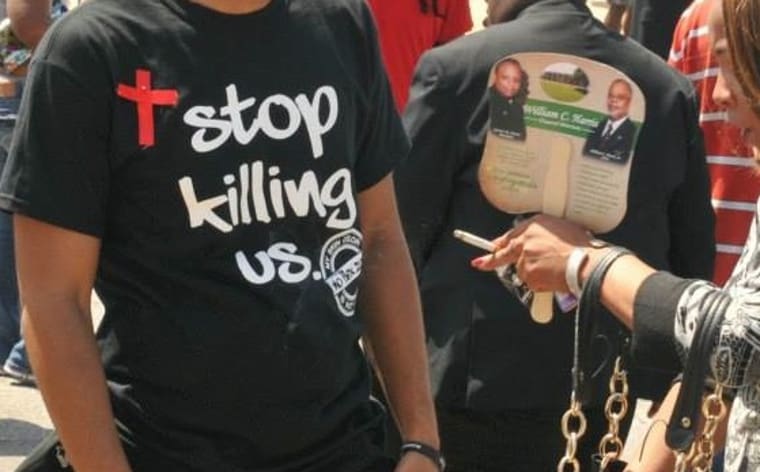AntiNote: Peter Schaber was part of a small crew of writers, photographers, and activists who visited Bakur (North Kurdistan or eastern Turkey) last month amid some of the worst escalations of the Turkish state’s panicked and racist repression of Kurdish populations there since the 1990s. Due in part to other horror scenarios continuing to blossom elsewhere in the region, and in part to the Turkish government’s nearly unique levels of media suppression, on-the-ground information about the ongoing massacres being committed by fascist state militias all over Bakur has been limited and largely regarded with (also racist) disinterest or skepticism.
The following is a set of reflections Schaber wrote in an attempt to re-inject humanity into our regard of the situation in Bakur. As such it fits the Antidote frame in its lyricism, honesty, and rage—however it does not stand alone; naturally Schaber and his crew were there long enough and got deep enough to have written several information-rich articles and interviews, which provide much context for these short parables. They are all available in German at Lower Class Magazine, and some will be appearing in English here in the coming weeks. Stay tuned.
Life Is Beautiful
Peter Schaber for Lower Class Magazine
28 January 2016 (deutsche Originalversion ist hier einzusehen)
Six Short Stories from the War in Kurdistan
In North Kurdistan, busrides that you would normally endure as irritating, boring necessities become reflective journeys through your own head. For the countryside in Bakur, of such surreal beauty, takes you captive: roughly cloven bluffs and hillsides upon which cows, sheep, and donkeys stand so motionless it’s as if time does not exist here; precipitous crags, brutally massive, sometimes bare, sometimes clothed thickly in snow; rivers and streams cutting their paths through the stone, breaking it down and reshaping it. The urge is palpable to simply strike out into it: break off a branch, fashion a walking stick, go and touch everything, hold it; the snow, the stones, the water, the bushes and trees.
But the mountains calmly and immutably presiding over it all, in their unfathomable grandeur, repel you back into yourself: how can you possibly describe what you saw here? Sure, we can write from the perspective of observers about the Turkish state’s barbaric war, about the strategic interests of Western countries that mutely tolerate it, about the battles and the killed, about the desperation and the hope. What we experienced here, how it feels and how it will change us, is much more concrete than that, though, as it has to do with real people and their stories. With the press of their hands, the sounds of their voices, with the minute changes in a young man’s facial expression as he says: “Living here is simply waiting for death.”
These six unconnected anecdotes are about some of the people that we met and befriended here.
The Invincible Bridge
Ahmet Kaya is the poetic chronicler of the suffering and the joy, the hopes and the fears of the people of this country. If you know his songs, you will hear them everywhere life is tough: in front of the tiny stoves of simple houses, in cafes and mehanes, in the workshops and on the fields, behind the barricades and in the dugouts. Ahmet Kaya himself was persecuted and humiliated because of his Kurdish identity. He wrote a song, Mavinin Türküsü, for Andrea Wolf, the German internationalist who was murdered by the Turkish army in 1998. Seni vuran beni de vursun – “He who shot you, should shoot me too.”
In Nusaybin, a city where much blood has been spilled, there is a neighborhood called Firat Mahallesi. It is a center of the Kurdish Movement and therefore currently in a state of war. As in other districts where battles are dragging on, the position of this area is somewhat easier to defend because of natural barriers. In Sur it is the old city walls of the historic quarter and its narrow streets; in Gever and Hakkari it is ice and snow; in Nusaybin it is a small stream over which only one bridge leads to the neighborhood. The neighborhood’s people have named the bridge after the great poet Ahmet Kaya Köprüsü.

Upon the Ahmet-Kaya-Köprüsü bridge there sits a heavily perforated big rig; a few meters behind it the barricades begin, over which sheets and tarps hang to obstruct the view of snipers. With our guide, a brave young woman who came here to help at the outbreak of the war, we walk over the bridge and observe that it is cracked in the middle. Something struck a deep wound in the concrete but was unable to destroy the bridge.
We asked if it was an artillery shell. “No,” said our guide, laughing. “The youth of Firat Mahallesi wanted to blow up the bridge so that no tanks or akreps [armored personnel carriers] could enter the neighborhood. But as you can see, the bridge was too strong.”
“How could it be otherwise?” said my friend Mehmet. “It is the Ahmet Kaya bridge. How could it ever be blown up?”
Formidable Fighters
Deeper in the neighborhood, we meet some fighters from the YPS, the newly formed Yekîneyên Parastina Sivîl (civil defense forces). The state calls them “terrorists,” and claims they are professional PKK fighters who come out of the mountains, occupy neighborhoods, and use local populations as cover. We spend the day with these formidable fighters—mostly just drinking tea and shooting the shit. One of the youths sings a song as we sit around a warm stove; we play with a street dog. Terror in its subtlest form.
The YPS fighters that we met here are preparing the defenses of their neighborhood for the next attack, and are building barricades around the clock. They chip the stones out of the streets and stack them neatly into high and sturdy walls. They could also be building schools, cultural centers or park pavilions, if only the state weren’t compelling them to this particular form of construction.

Since we’re journalists and want to do some filming, it is agreed that we can record some of the combatants as they patrol the neighborhood. They walk with Kalashnikovs through the streets, one carrying a small RPG launcher. The ground is wet; they halt briefly at a giant puddle stretching the width of the street. They take a running start and jump over it, some landing with a foot in the water. Some children watching the spectacle start to laugh, the fighters laugh, we laugh. Not the most martial of activities.
These youths are not hard-drilled killing machines like the fanatics that make up the special operations forces of the opposing side. They are being forced to defend themselves. And they are resolute in doing so; they have learned how and have gotten good at it. Still, you’d have an easier time imagining them rendezvousing with a first love, playing hooky from school with their friends, or careening down the football pitch than hauling around an antitank weapon.
After a while I think: for the first time in many days I feel safe. Before, we were in Sur: a special police unit arrested us and threatened to have us disappeared. Whenever we walk past a masked soldier or police officer, we have the feeling they’ll snatch us again. There is the constant noise of battle. You hear shots and explosions. Now, here, behind the barricades, it is calm. You know you are among people who don’t want to kill you for what you think. Turkey is a country where you can feel halfway protected only in areas controlled by “terrorists.”
Two Houses, No People
In another town, we were the guests of a family which could claim as its own the two sweetest children the world has ever seen. We were received with an opulent, delicious maklube, a traditional Arab dish (eline sağlık once again, in case you are reading this). The household had already stocked up for the next curfew. Later we sat together and exchanged stories. From our hosts, both keen observers, we learned a lot about the present situation. The following two tales relate the reactions of children to war.

The woman who served up the excellent maklube, a teacher, shows us pictures that six- and seven-year-old children had drawn in her classroom. Featured in nearly all the pictures are armored vehicles and stick figures with wide open mouths, firing pencil-mark munitions from scribbled long guns. Police, shooting, dead bodies – these are the themes drawn by the little artists.
Among the paintings, however, is one that falls outside this rubric: two colorful houses; light rain. The teacher describes how delighted she was to see this, the only picture into which war had not intruded. But then she asked the child why she had not drawn any people. “I can’t draw any people. It’s curfew. They can’t come outside,” answered the seven-year-old.
Wedding Firecrackers
Later we speak with the teacher’s husband. We ask him how his own young son has reacted to the fighting. “We have tried to keep it away from him,” he says. “In the beginning I told him it was just wedding firecrackers. Every night. Someone is getting married again! I felt like I was in Roberto Benigni’s Life is Beautiful.”
Obviously that can’t work indefinitely. The children see their own city on television, they talk with other children who they see in school between curfews. “At some point he just asked me directly how much longer the curfew would be.”
In the more closely affected neighborhoods, the effects on children are even more drastic. They grow up fast. Sure, they still run in great packs around us, their bizarre guests, playing, laughing, teasing. But when we ask what’s going on here and what they think of it, they get serious. They know fine well what is happening. They know who the enemy is and what he wants to do to them.
Fortune and Misfortune
Before driving to Gever, we call a young man from one of the towns in the region. Gever is another region central to the Kurdish Movement, also an area that is near the mountains. We ask him whether and how we can get to Gever. He explains that we have to take one of the minibuses from Van. We want to know when they leave. He replies that departures are at six in the morning, but that “they only leave once they are full.” Fussy as we are, of course we want to know precisely when that is. “You could stop by around seven. Maybe one will be leaving around then; maybe you’ll wait a half an hour, or an hour.”
“So it’s up to pure chance when we arrive?” we ask, as we have so neatly drawn up a snappy schedule for ourselves.
“Of course it’s up to chance, Abi. You are in a country where it’s up to chance whether you live or die!” he laughs.

No More Fear
He is right. We often heard stories of quick, unpredictable death. For example that of Melek A., who was fixing breakfast in her house in Sur-Iskenderpasa when a ricochet pierced through the wall and killed her. Or of civilians murdered in the streets of Cizre despite waving white flags. The threat to life and limb is everpresent here, and when we arrived it was, to us, a new feeling.
As much as you don’t want to admit it, you are afraid. You walk down a street at the end of which stands a tall building that is occasionally used by Turkish snipers, and you think, is there one in there right now? Could it be lights out, right this second? You feel like a coward, because you also see all these people and how they live here and fight every day.
With time you notice how it works, how they muster up the courage to stand behind these barricades, facing overwhelming technological and killing power. It’s not just “getting used to” state terror, or even hating the murderers of one’s own family, friends, and comrades, that dispels fear. That certainly helps. But there is another feeling entirely that we experienced here.
In Gever—a city in which the HDP won 93% of the vote in the last elections and in which you don’t mean Ankara when you say the word “government,” but rather the Qandil mountains or the prison on Imralı island—I was allowed to spend a day and a night in a resistance tent in which people meet and keep watch around the clock. They sit around the wood stove, over which watches a portrait of Önder Apo, and converse, laugh, sing, and drink chai. They eat together, work together, sharing everything. In the evening the Kurdish lesson begins; they practice the difficult syllables of their own language which are forbidden them in state schools. Afterwards a game is played, Vampire (known as Mafia in Istanbul), in which the aim is to discover through questions and conversation who the two Vampires (or Gangsters, depending on the version) are.
Here, just as behind the barricades of Nusaybin, in the womens’ center in Van, or the cultural center in Sur, you don’t have to conduct long interviews about “democratic confederalism.” You just have to open your eyes. The collective life of the Kurdish Movement provides, even for us, who are strangers here, a feeling of protectedness that defeats fear. Seni vuran beni de vursun is not an empty phrase. It is the expression of a feeling in which you don’t perceive others as separate, blocked off or divided from yourself but rather a feeling through which, among humans, you become one.
Translated by Antidote





